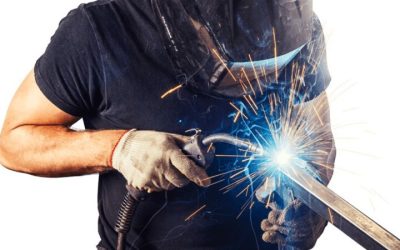Air compressors, including the small portable options or the large stationary compressors used in industrial applications, all require the use of a compressor check valve. Depending on the type of compressor there may be more than one valve, and this valve plays a very critical part in the operation of the system.
Like any check valve, the purpose of the valve is to allow unobstructed flow one way through the valve. At the same time, the valve is designed to prevent any backflow through the system. The check valve will be positioned between the pressurized and unpressurized or differently pressurized areas of the compressor.
What Happens
Within the air compressor, the motor is used to build up the pressure to the desired level in the tank. Then, by opening the compressor check valve, the operator allows the air to leave the pressurized area of the tank and enter the de-pressurized hose and tool at the end.
If the valve was not present, there would be no way to build the pressure in the tank up to the desired PSI. Additionally, the air would flow back and forth freely between the pressurized and de-pressurized area, limiting the ability to allow the motor to continue to build up pressure in the tank even as the air is being used by the operator.
Depending on the type of air compressor system, there may be pairs of check valves or single check valves in different locations. This can include, on the inlet to the tank to prevent air from escaping as well as on the tank outlet.
There can also be a compressor check valve located between the compressor and the compressed air receiver. This will prevent air in the hose or the line from backflowing into the compressor if and when the compressor is turned off. This is essential as there may be water in the line, which would damage the compressor tank.


